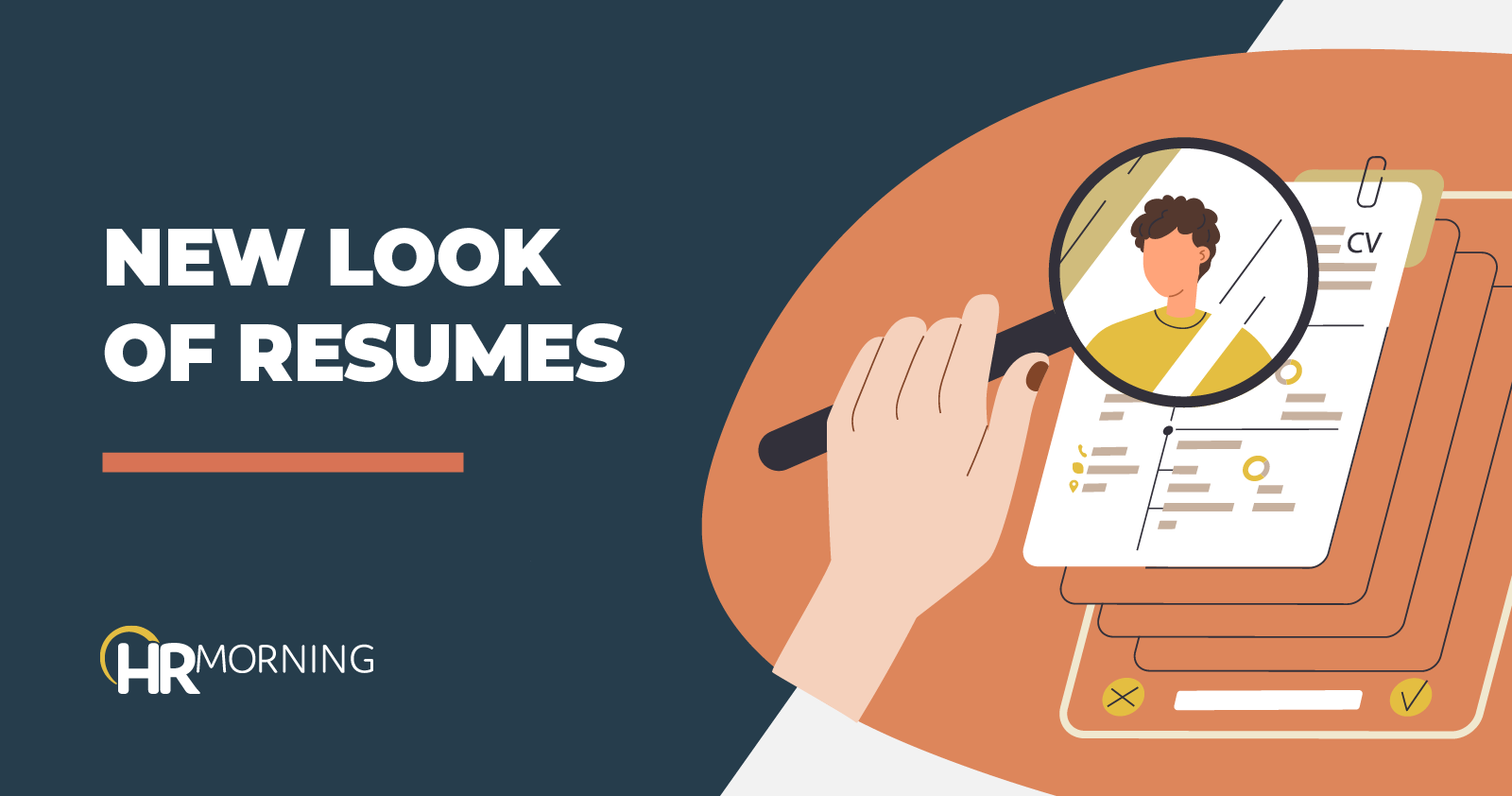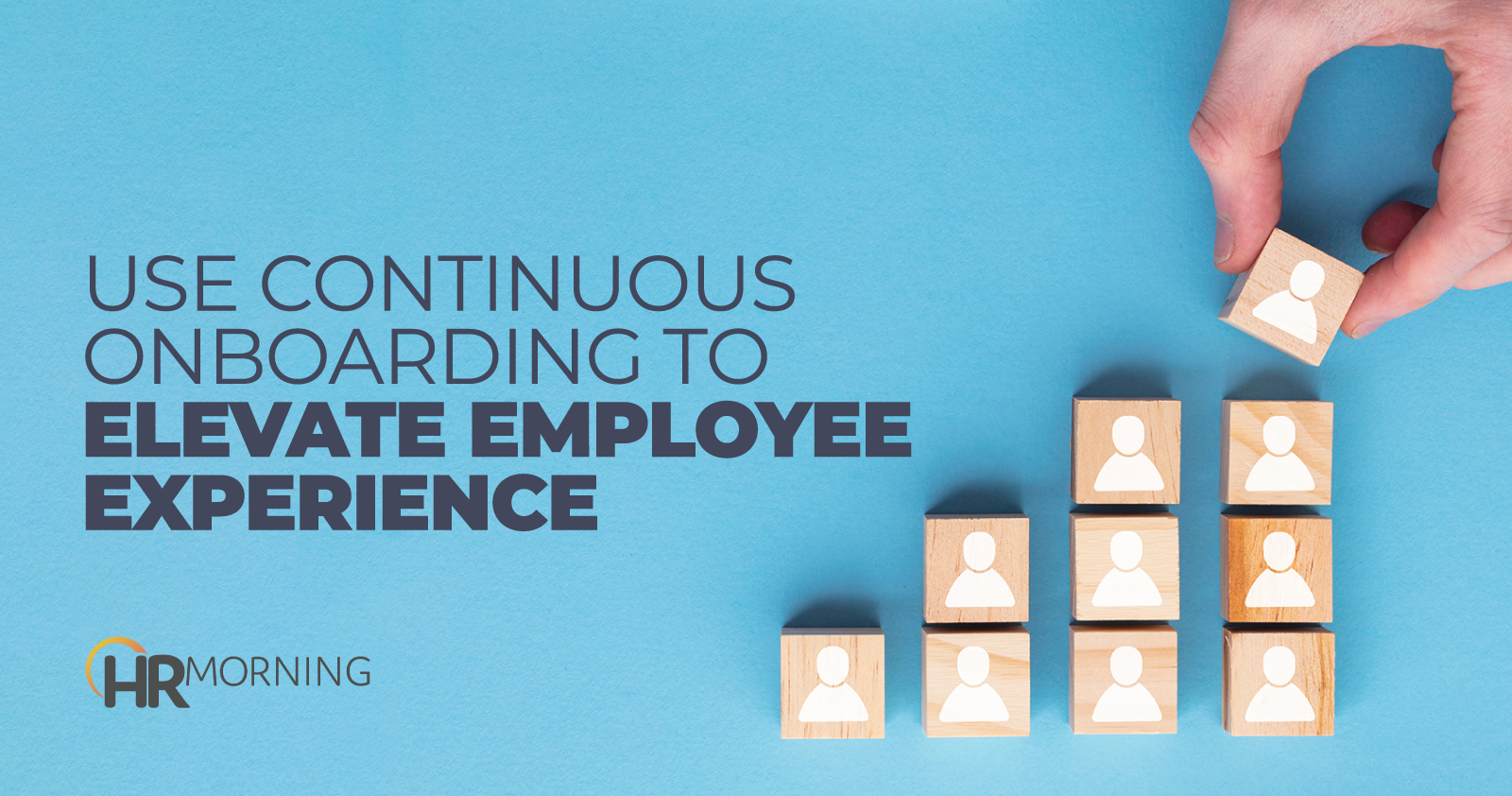6 Ways Resumes Are Changing: How to Adapt to the New Breed
This ain’t your mama’s resume. Resumes are changing. A new study uncovered changes that have evolved as the work landscape has been turned upside down in the past five years. LiveCareer researchers looked at a variety of factors in more than 50,000 resumes — from job titles to soft skills — and found job candidates…









